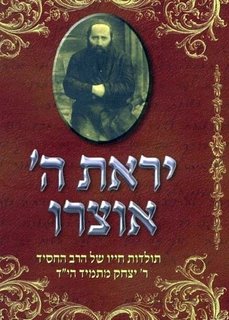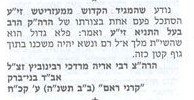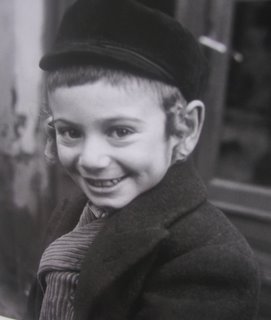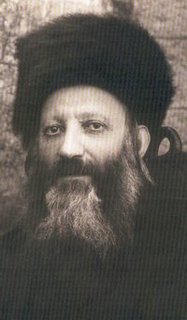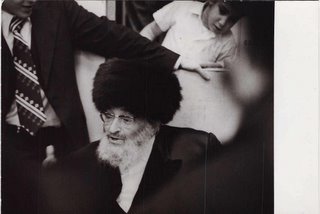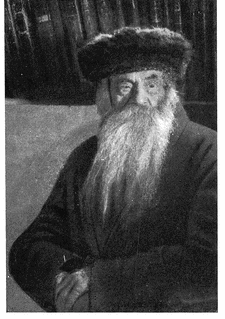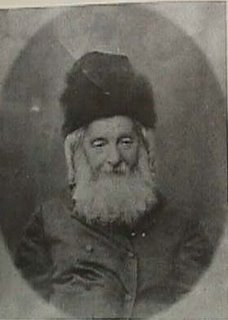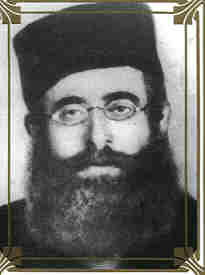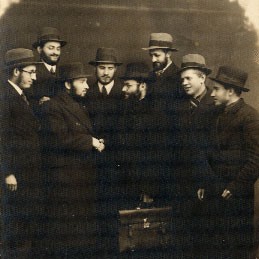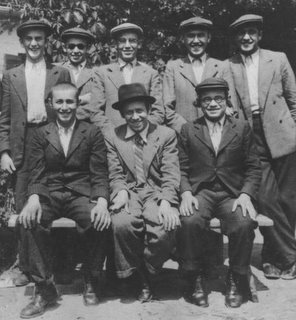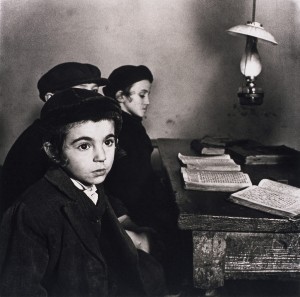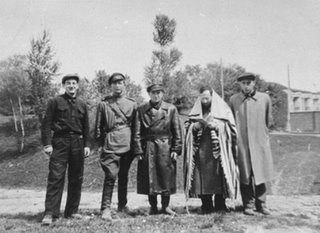 Rabbi Ephraim Oshry conducts a memorial service “The Annihilation of Lithuanian Jewry”
Rabbi Ephraim Oshry conducts a memorial service “The Annihilation of Lithuanian Jewry”By HaRav Efrayim Oshri z”l
Translated by Yehoshua Lehman
Judaica Press, 1995
I have yet to read all of the book, but what I have read is enough for me to comment on. I had heard much about Rabbi Oshri, and know a son and son-in-law of his, but I never know the story behind the family. Truthfully, What I had seen and been taught about “Litvaks”, Litvishe Yidden, is a crime, but to that today’s “representatives” of Litvaks carry much of the blame, just as some Lubavitchers do a terrible job representing the Rebbe and Chassidus Chabad לדאבוננו הרב. We have been misled about these fine Yidden, and by “we” I mean all non-Litvisher.
Another point important to make is that although books like “Making of a Godol” weren’t meant to tell the heroic story of Jews during the Holocaust, they still have much to learn. They manage to go out of their way to criticize, belittle, and even embarrass friends of their family, Yeshiva Chaverim, and colleagues, all in the name of “truth”. Rabbi Oshry, even when discussing the history of certain towns, and even when mentioning totally irreligious Jews, rises above it all and does nothing of the kind. He mentions their heroics and even their Mesiras Nefesh for Yiddishkeit, which they had, and avoids the differences they had. I’m not sanctioning a total coverup of events, but there is a better way to go about it.
He begins by describing the initial days of the Nazi occupation of Lithuania, until then occupied by the Soviets, in June 1941, and how the Lithanian Goyim could not wait to get their hands on their Jewish neighbors. Even before the Germans had fully organized, the Litvishe Rotzchim were murdering with a brutality the Arabs in Chevron could’ve only hoped for.
That year June 22, the date of the German attack codenamed operation Barabossa, coincided with 27 Sivan. The next day a pogrom of never-before-seen proportions was carried out by their Christain neighbors and “friends”. In Kovno-Slabodka hundreds and hundreds of people were dragged out of their homes, off the streets, and out of Shuls, and beaten, stabbed, and literally chopped to death in the most calculated and gruesome ways by their Lithuanian neighbors without much German help at all.
The Slabodka Yeshivah, at the corner of Glezer and Furman Streets had to cease operations. The Bochurim just picked up and ran for their lives. REO writes: “Never will I forget that last morning, the 28th of Sivan 5701, June 23, 1941. On this day we stopped learning at the Slabodka Yeshivah; the sound of Torah study was heard for the final time on the corner of Glezer and Furman Streets." [ At that time, across the Atlantic, the Rebbe was arriving in New York, having escaped the Nazis and their Vichy allies in France.]
I cry for these Ballebatim, Rabbonim, Baalei Melochoh, Yeshivaleit, Bocherim, mener, vayber, un kinder, who have nobody to tell their story nor to carry on their traditions in this commercialized, cookie-cutter world of ours.
Excuse me if I’m a bit incoherent here, I’m still only an amateur “book critic”.
הרנינו גוים עמו כי דם עבדיו יקום ונקם ישוב לצריו וכפר אדמתו עמו



